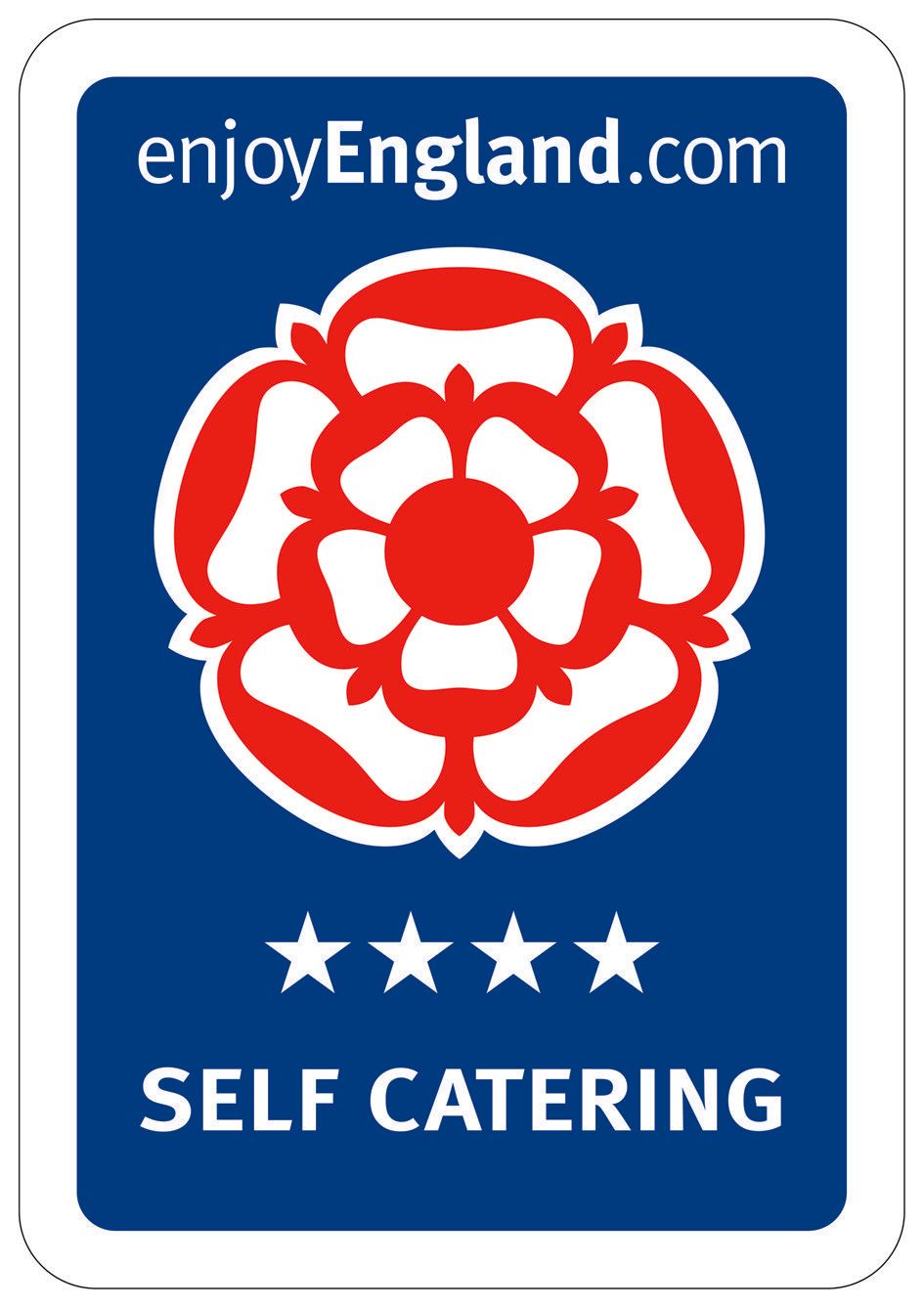
Farm
Work on the farm .... with the four seasons
For us ..... it is very much a working landscape .... in a beautiful part of the South West Peak District ....
Spring work on the farm
Spring work on the farm
Ploughing can be done in spring or autumn, depending on whether you are on a spring cropping or autumn cropping system. We grow whole crop wheat and grass for winter animal feed.
The ground is first ploughed
Then the soil needs to be cultivated after ploughing, to get it ready for planting.
Once the seeds have been drilled, the ground is then rolled, to bed the seeds in firmly.
We hope for a little gently rain - and within 10 days hopefully will see the new shoots!
Summer work on the farm
All farms with livestock, need fodder for their animals in the winter – so it is essential to mow a good crop of grass. We use some of this for own stock as well as selling some to other local farmers.
We make silage (grass wrapped in plastic, to seal and preserve it) and hay.
'At just the right time' and with the weather forcast 'good' the grass is first cut with the mowing machine.
This is then left to 'dry' a little' then....
The 'rowing up' machine gathers the grass into rows, ready to be baled.
The baler machine then feeds the grass into 'big bales' and then wraps it to seal and preserve this essential winter feed crop.
You need a few days of hot, dry weather to make good hay (so this is not alway possible).
Autumn work on the farm
One of the biggest events of the year is 'getting the harvest in' for the whole crop wheat - and one of the biggest machines on the farm is the combine forager.
The crop has to be ripe and ready to harvest - and at the same time a few days sunshine is needed.
Some wheat crops are grown for the wheat kernal which is dried and then ground into flour. The by-product of this is the left over stalks from the plant which is baled into straw.
However we grow 'whole crop wheat' where the kernal does not dry/ripen to the same level but the whole crop including the stalks is harvested and then stored in a silage pit at a neighbouring farm for them to use as a nutritious winter feed for their dairy cows.
A further crop of grass is normally cut for extra silage or hay that is used to feen animals through the winter.
Winter work on the farm
The bales of silage or hay made from grass in the summer are used to feed the sheep during winter particularly when there is heavy snow.
This has to be done 'whatever the weather' including heavy snow and on Christmas morning if needed.
Hedgecutting is also done during the winter time when there is no new growth and these are done once every 3 years as part of our commitment to hedgerow conservation.
Useful links

KEEP IN TOUCH - be the first to hear about any special offers - JOIN OUR MAILING LIST BELOW
Subscribe to the Newsletter
Thank you for contacting us.
We will get back to you as soon as possible
We will get back to you as soon as possible
Uh oh, there was an error sending your message.
Please try again later
Please try again later
Contact:- Mrs Barbara Turnock - Troutsdale Farm Peak District Holiday Cottages - Springbank Wood - Blackshaw Moor - Buxton Road - Leek ST13 8TJ
TeL 01538 300101 - Email stay@troutsdalefarm.co.uk
© 2024
All Rights Reserved | Troutsdale Farm







